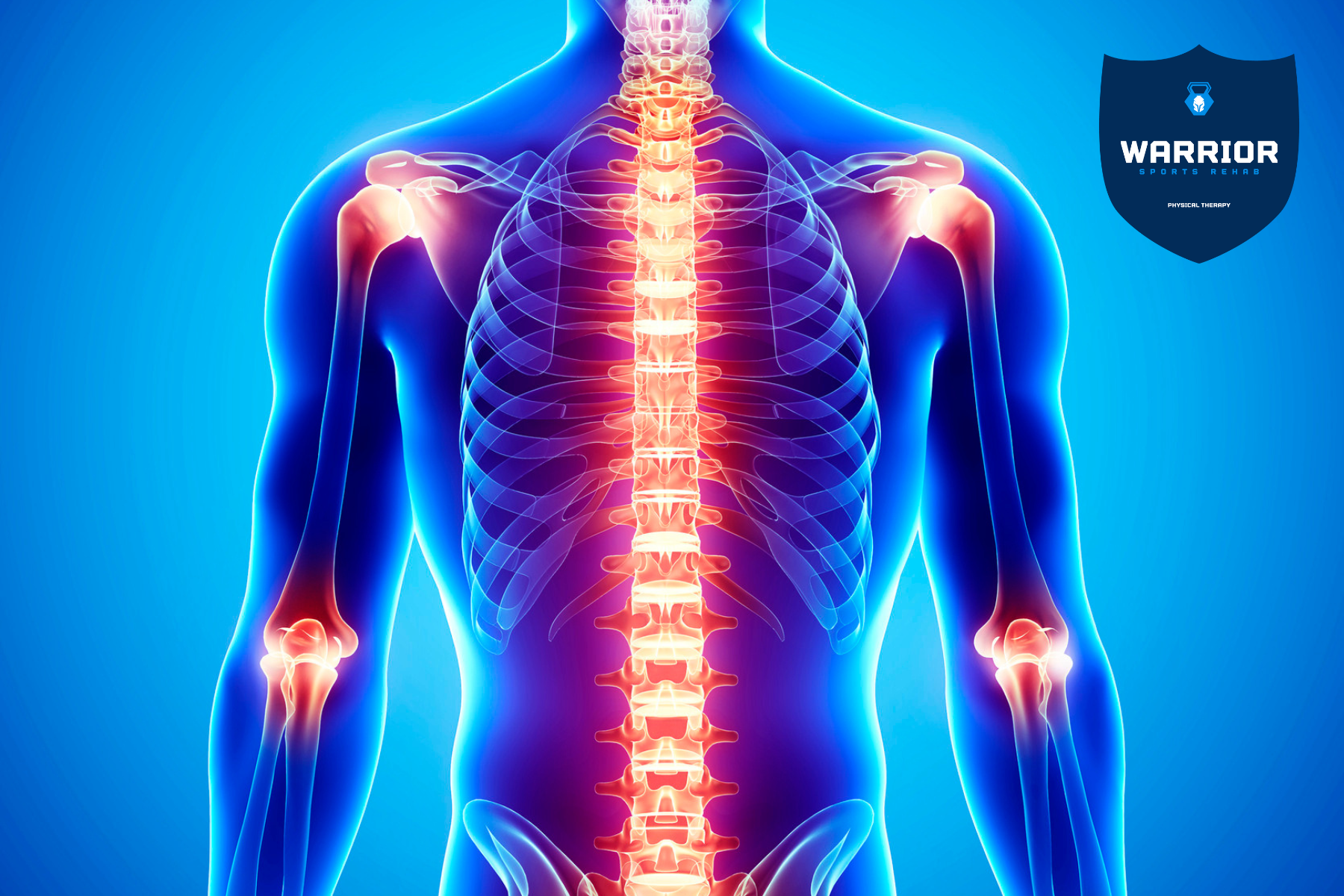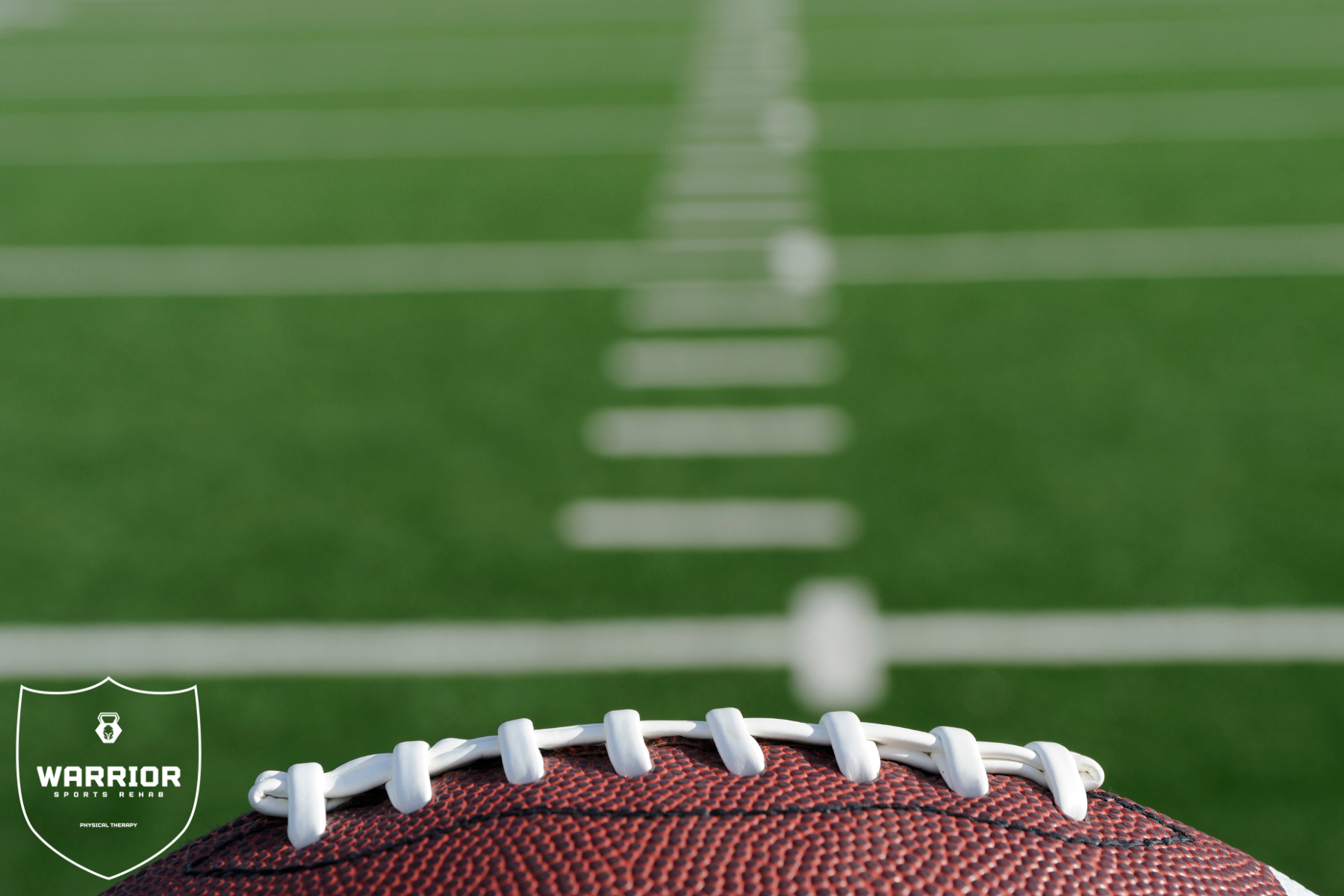Introduction:
Shoulder labral tears are a common injury among athletes, particularly those involved in sports with repetitive overhead movements such as baseball, volleyball, and swimming. These tears can cause pain, instability, and limited range of motion, impacting an athlete’s performance and quality of life. When faced with a shoulder labral tear, athletes often have to make a crucial decision: whether to pursue surgical intervention or opt for non-surgical treatment. In this article, we’ll explore the surgical and non-surgical treatment options for shoulder labral tears in athletes and when each approach is warranted.
Understanding Shoulder Labral Tears:
The labrum is a ring of cartilage that surrounds the socket of the shoulder joint, providing stability and cushioning to the ball-and-socket articulation. Labral tears can occur as a result of acute trauma, such as a dislocation or fall, or from repetitive stress and overuse, leading to fraying or detachment of the labrum. Athletes engaged in overhead sports are particularly susceptible to labral tears due to the repetitive stresses placed on the shoulder joint during throwing, serving, or swimming motions.
Surgical Treatment for Shoulder Labral Tears:
Surgical intervention for shoulder labral tears typically involves arthroscopic surgery to repair or debride the damaged tissue. In cases where the tear is amenable to repair, surgeons may use anchors and sutures to reattach the torn labrum to the glenoid (socket) of the shoulder joint, restoring stability and function. However, not all labral tears require surgical repair, particularly if they are small, asymptomatic, or located in areas with limited blood supply. In such cases, surgeons may opt for a debridement procedure to remove the damaged tissue and alleviate symptoms.
Outcomes of Surgical Care:
Surgical repair of shoulder labral tears has been shown to provide favorable outcomes for many athletes, particularly those with significant instability or functional impairment. Repair procedures aim to restore stability to the shoulder joint, reduce the risk of recurrent dislocations, and improve overall shoulder function. Athletes undergoing surgical intervention typically undergo a period of post-operative rehabilitation to regain strength, range of motion, and proprioception in the shoulder joint before returning to sport.
Non-Surgical Management for Shoulder Labral Tears:
Non-surgical treatment options for shoulder labral tears may include rest, activity modification, physical therapy, and corticosteroid injections to alleviate pain and inflammation. While non-surgical management may not directly address the underlying tear itself, it can help manage symptoms, improve shoulder mechanics, and strengthen the surrounding muscles to provide stability and support to the joint. Physical therapy focuses on restoring range of motion, strengthening the rotator cuff and scapular stabilizers, and improving dynamic shoulder stability to enhance performance and reduce the risk of re-injury.
Outcomes of Non-Surgical Care:
Non-surgical management of shoulder labral tears has been shown to yield favorable outcomes for many athletes, particularly those with smaller tears or minimal functional impairment. Physical therapy can help athletes regain shoulder mobility, improve muscular strength and endurance, and optimize movement patterns to minimize stress on the injured area. While non-surgical treatment may not fully resolve the tear itself, it can effectively manage symptoms, improve shoulder function, and allow athletes to return to their sport with reduced pain and improved performance.
When to Choose Surgical vs. Non-Surgical Care:
The decision to pursue surgical or non-surgical treatment for a shoulder labral tear depends on several factors, including the severity of the tear, the athlete’s activity level and goals, and their response to conservative measures. Surgical intervention may be warranted for athletes with significant instability, recurrent dislocations, or tears that fail to improve with non-surgical management. On the other hand, non-surgical treatment may be appropriate for athletes with smaller tears, minimal symptoms, or those who wish to avoid the potential risks and downtime associated with surgery.
Conclusion:
Shoulder labral tears pose a significant challenge for athletes, impacting performance, function, and overall quality of life. When faced with a shoulder labral tear, athletes must carefully weigh the benefits, risks, and potential outcomes of surgical versus non-surgical treatment options. By consulting with a qualified healthcare professional and considering individual circumstances and goals, athletes can make informed decisions about their care and take steps toward restoring shoulder health, function, and athletic prowess, regardless of the chosen approach.



